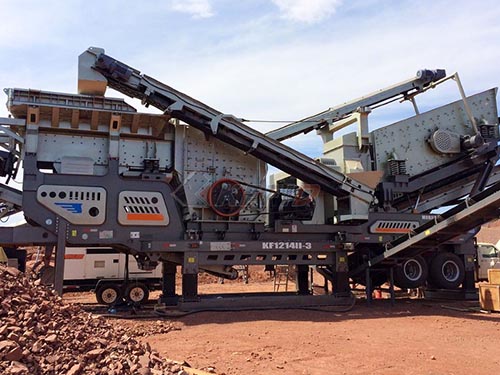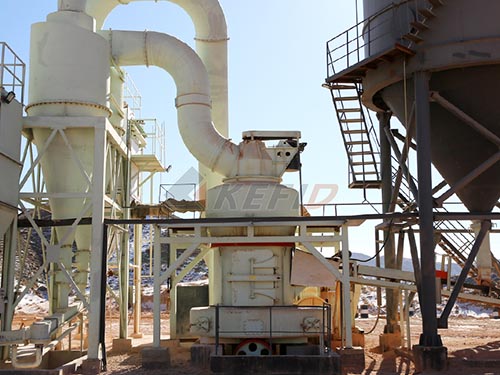A rod mill is a type of grinding mill that uses long steel rods as the grinding medium to break down materials. It is commonly used in the mineral processing industry to grind ores, coal/coke, and other materials for both wet and dry processes.
Key Features of Rod Mills:
1. Grinding Medium: Uses steel rods (typically 2-4 meters long) instead of balls (as in ball mills).
2. Cascading Action: The rods tumble and roll, creating a line contact that provides selective grinding—coarse particles are broken first while minimizing over-grinding.
3. Particle Size Control: Produces a more uniform particle size distribution with fewer fines compared to ball mills.
4. Applications:
– Primary grinding stage in mineral processing.
– Preparation of feed for ball mills or gravity separation.
– Grinding coal/coke for industrial processes.

Advantages Over Ball Mills:
– Less risk of over-grinding (better for brittle materials).
– More efficient for coarse grinding (produces fewer slimes).
– Lower energy consumption for certain materials.

Disadvantages:
– Not suitable for very fine grinding (ball mills are better for ultrafine particles).
– Rods require more maintenance (can bend or break).
Common Configurations:
– Overflow Rod Mill: Discharges material through a trunnion.
– Peripheral Discharge Rod Mill: Material exits through openings around the mill shell.
Rod mills are often used in conjunction with ball mills in mineral processing circuits, where they serve as the primary grinder before finer grinding in a ball mill.
Would you like details on specific applications or operational parameters?
Leave a Reply